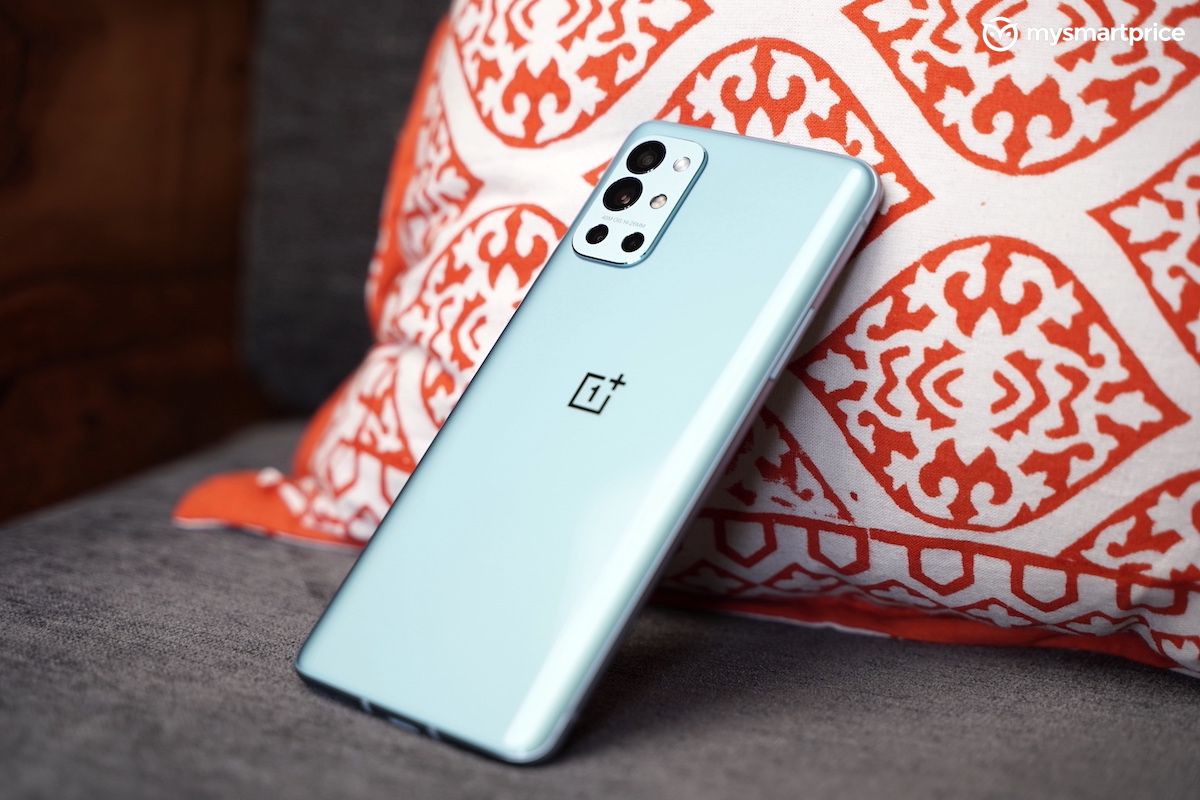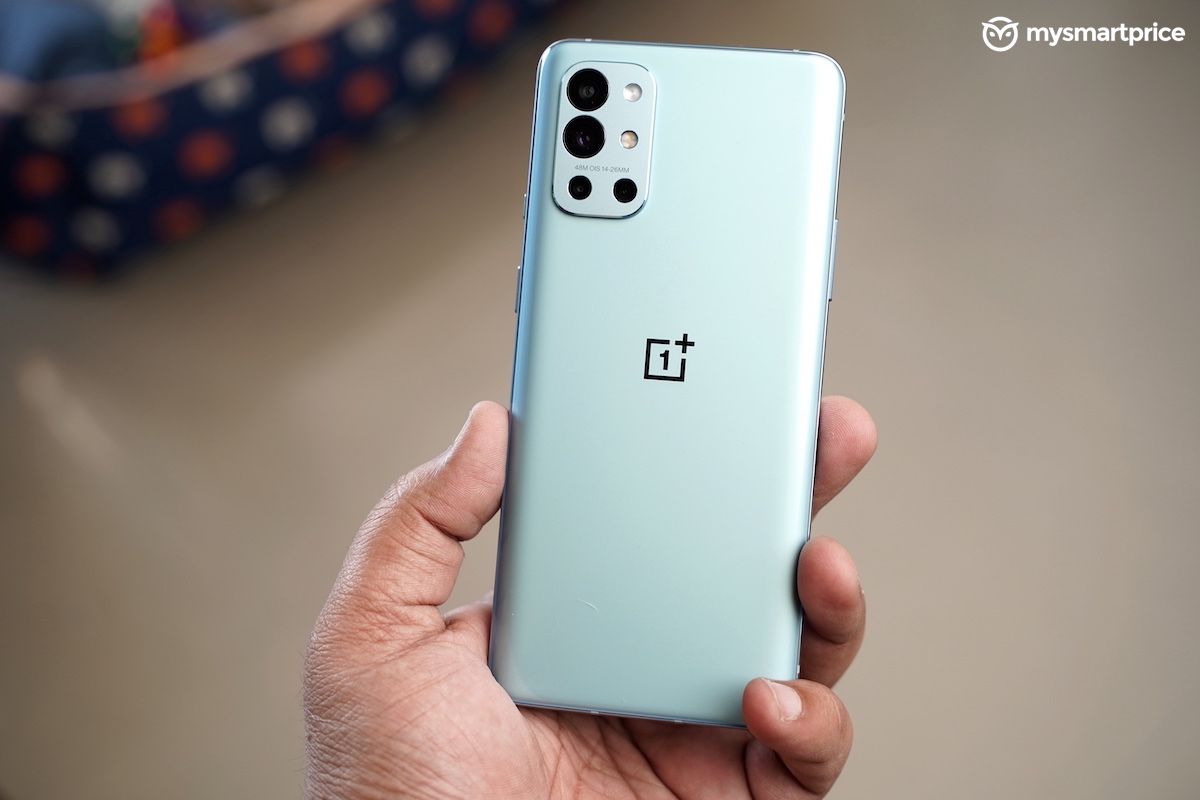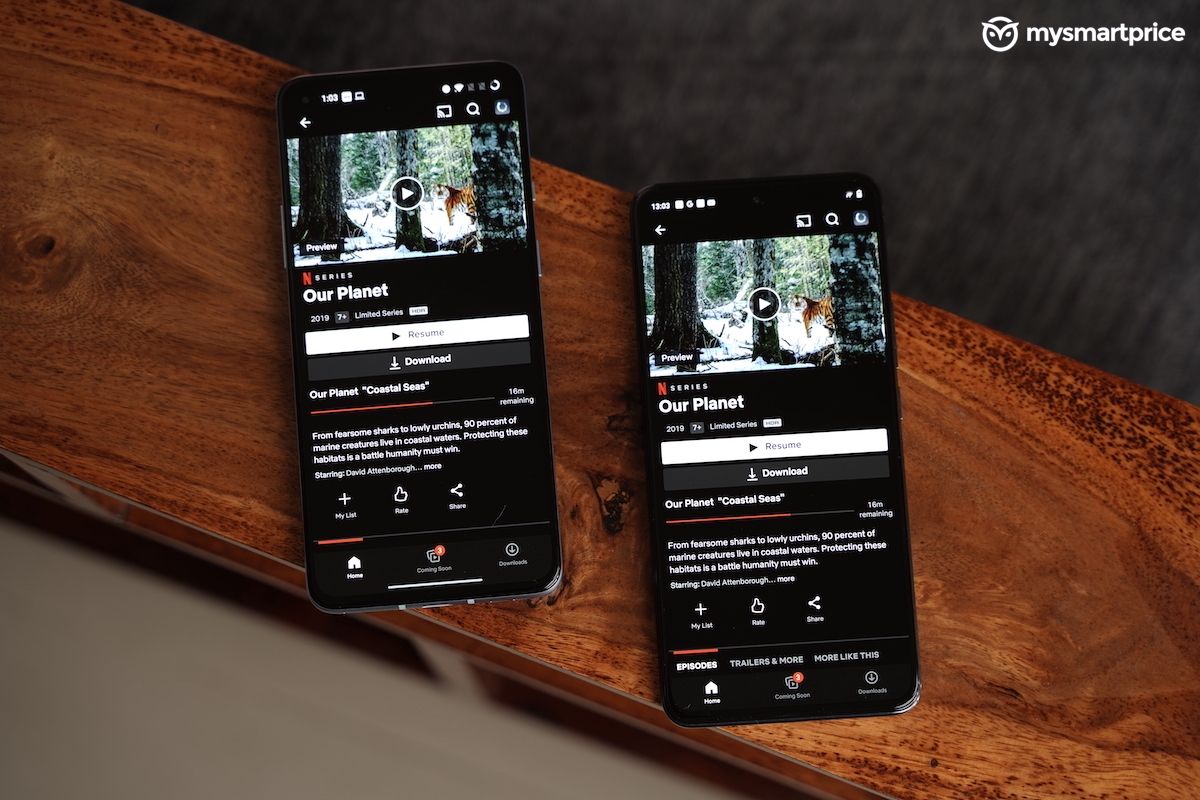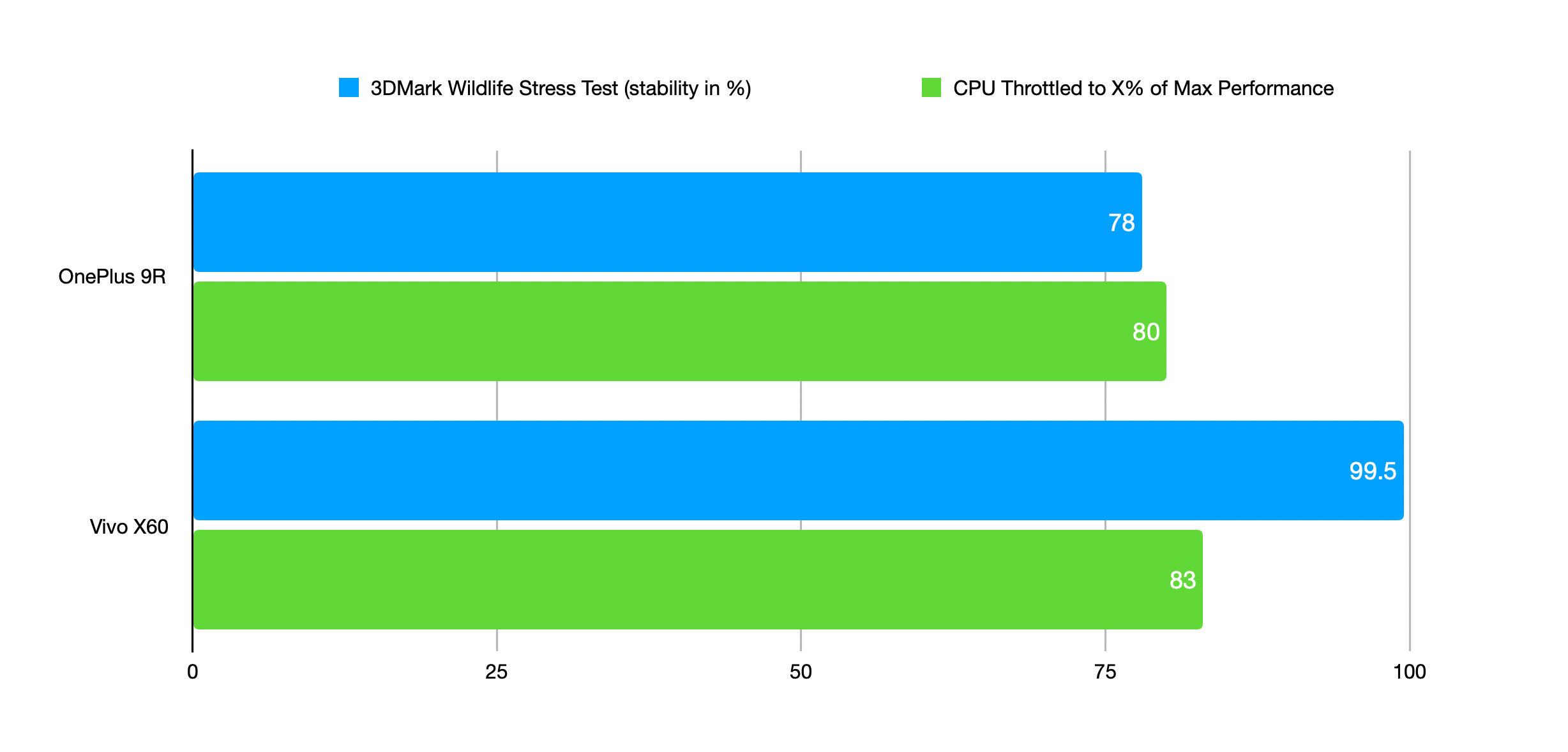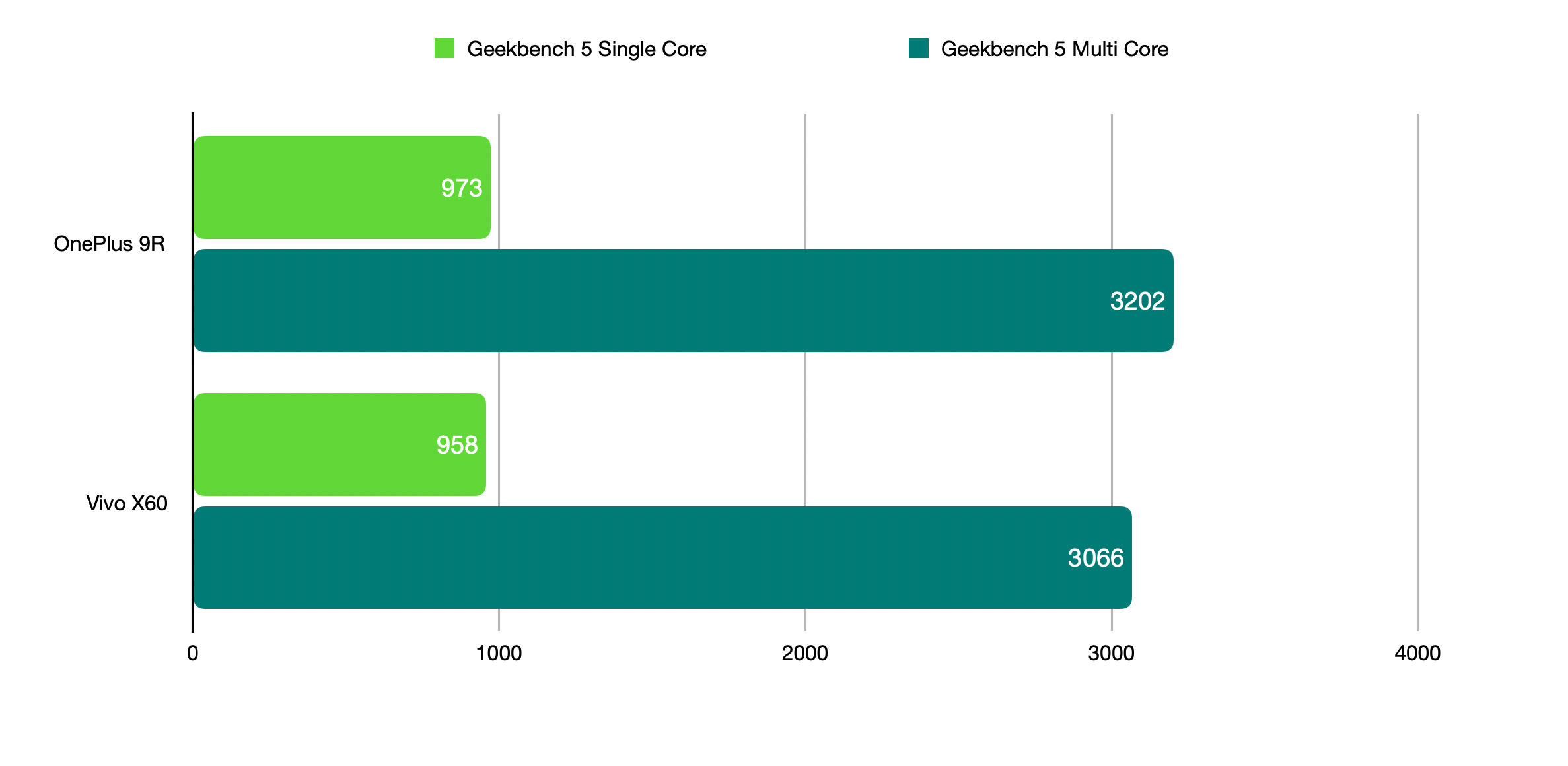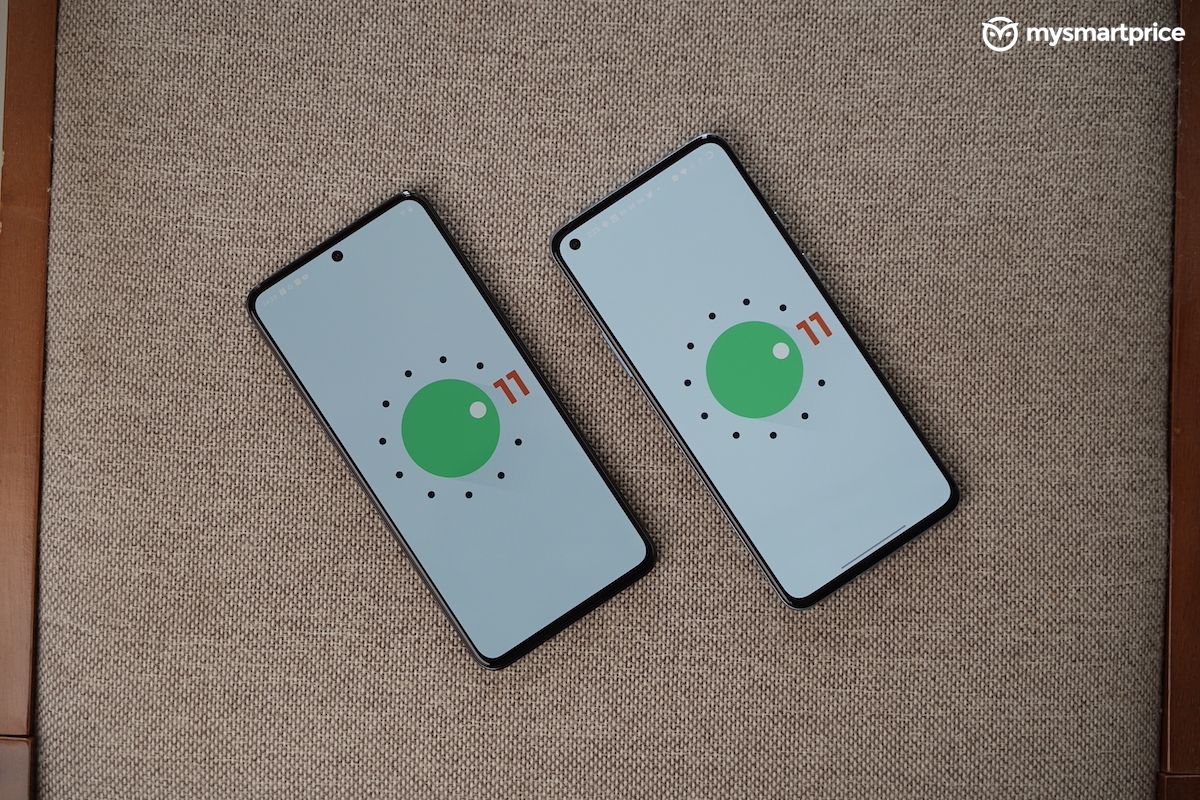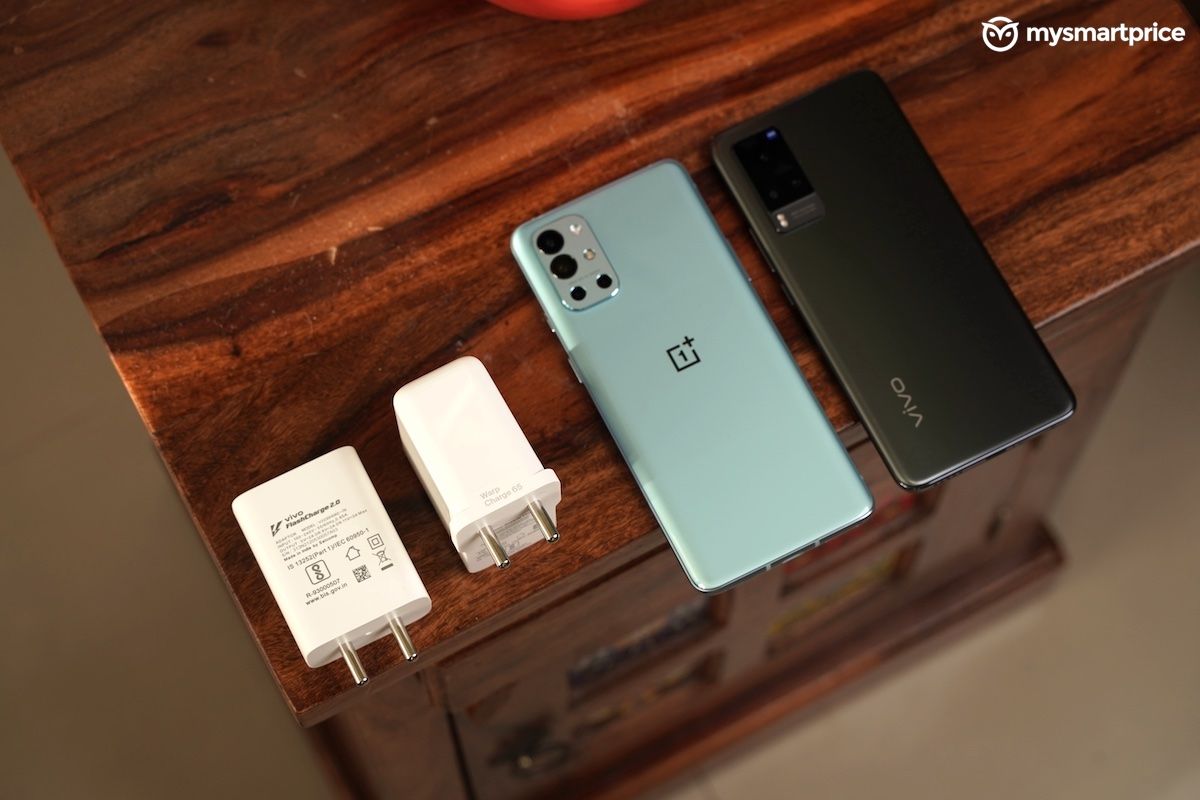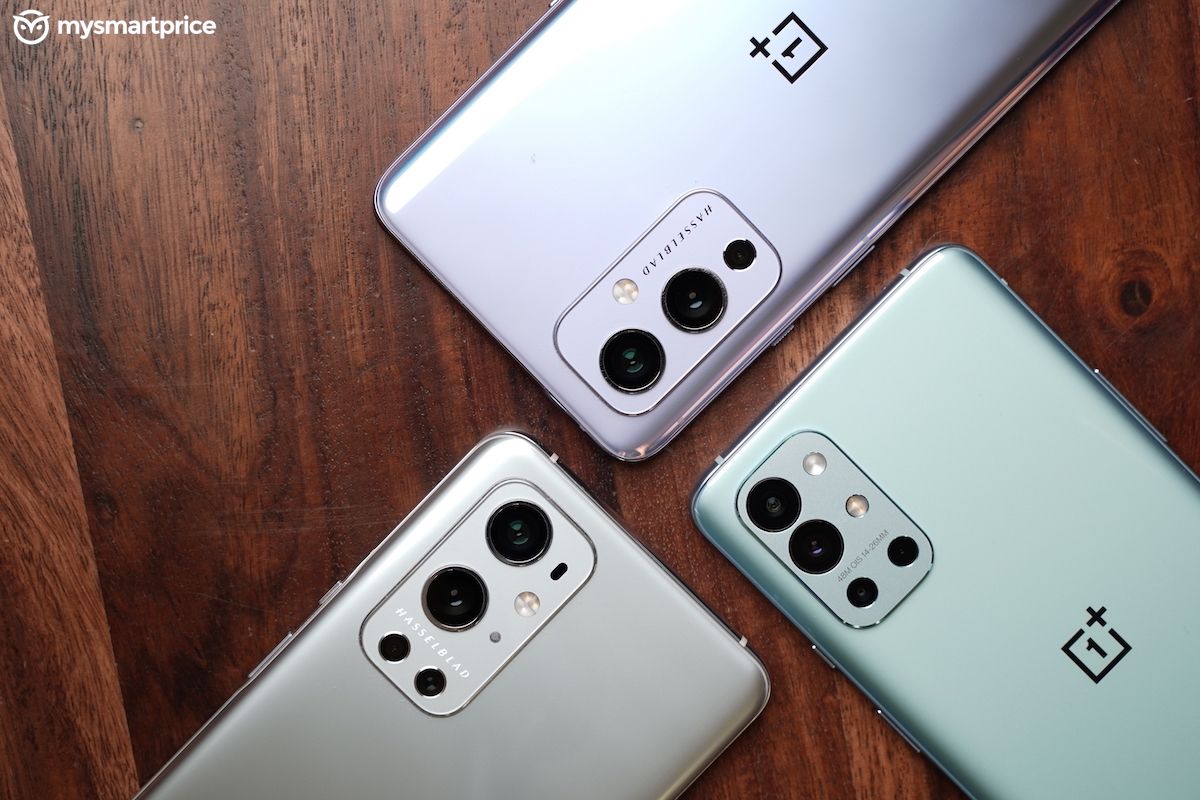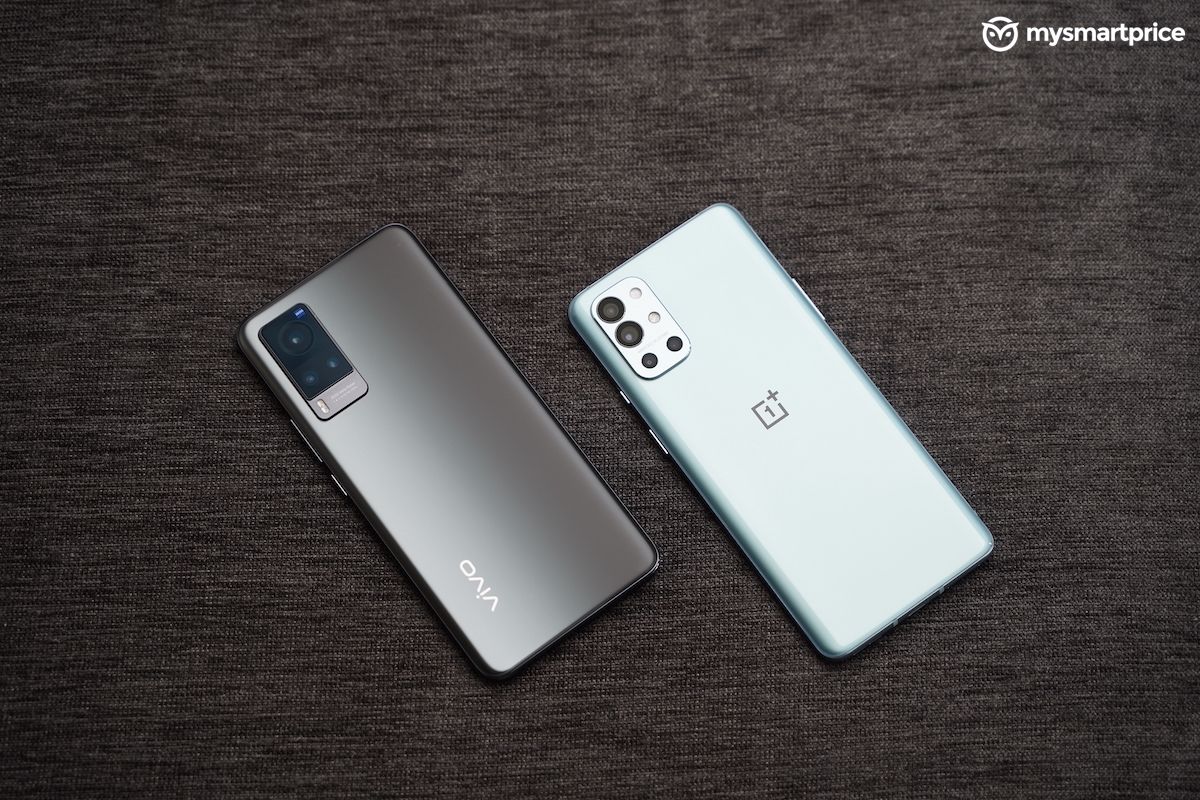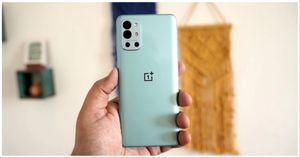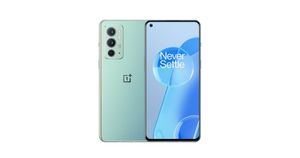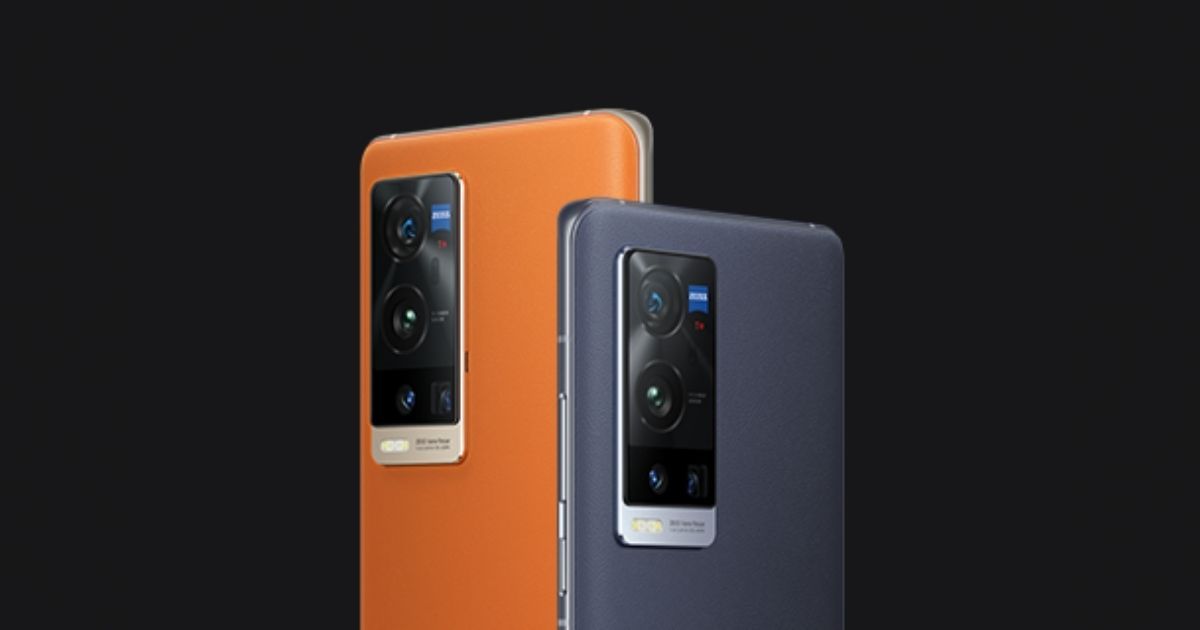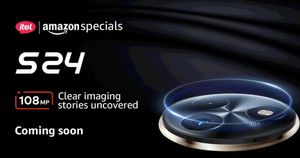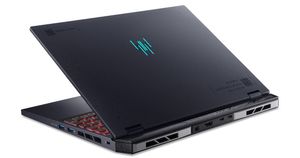
*fictionalised conversation for entertainment*
Marketing Person (M): Hey, product dude, we need a new affordable flagship phone for India, considering we increased the prices on the OnePlus 9 and 9 Pro.
Product Dude (P): Oh, okay. How about we make a budget gaming phone with on-device triggers, improved haptic feedback etc?
M: But, wouldn’t that increase the cost of making the phone?
P: Yes.
M: Hey wait, didn’t the OnePlus 8T include liquid cooling?
P: Yes.
M: So, why don’t we rebrand the 8T with that rebranded Qualcomm flagship chip? That way, we won’t have to spend a lot on a new design or a new chip.
P: Soooooo….you want us to make a OnePlus 8T (review) rebrand with Snapdragon 870?
M: Yes. We will call it the 9R.
P: Why R?
M: R for rebranded, dude.
And that’s how, my friends, the OnePlus 9R was conceived at the OnePlus HQ. Obviously, we are joking here but the truth is the 9R is a rebadged OnePlus 8T, with tall claims of it being a gaming-oriented smartphone. Well, let’s find out if that claim is actually true and also compare the phone against the vivo X60 while we are at it.
Design
The OnePlus 9R’s design is nearly identical to the OnePlus 8T. I say nearly because the camera module has been slightly redesigned to maintain the identity with the Hasselblad-branded OnePlus 9 and OnePlus 9 Pro. Our Lake Blue variant with Corning Gorilla Glass 5 protection on the rear is only slightly different looking from the Aquamarine Blue of the OnePlus 8T. Interestingly, unlike the OnePlus 9, the frame is made of metal, which is clearly evident from the plastic cutouts for network signals.
Also read: OnePlus 9 Review: Between a Rock and a Hard Place
The vivo X60 on the other hand uses glass on the rear and a plastic frame. But, the vivo does look very aesthetically pleasing with its premium looking camera layout on the rear.
While the OnePlus 9R is heavier and fatter than the vivo X60, it feels more ergonomic. And, therefore, more comfortable in the hand. The super slim profile of the X60 makes it feel wider than it actually is. Plus, the thin edges sort of bite into your palm. So yeah, the in hand feel of the OnePlus 9R is better.
Display
The display is exactly the same as the OnePlus 8T as well. You get the same 6.55-inch Fluid AMOLED panel with 120Hz refresh rate and support for up to HDR10+ codecs. It is possibly the best display on a phone under Rs 40,000, with the support for Display P3 colour gamut as well. In comparison with the vivo X60, which has a similar 120Hz Super AMOLED panel, it is definitely brighter and offers far better HDR performance as well. I could see better control over the highlights and the shadows. So, I’d say the OnePlus 9R’s display is better than the one on the vivo X60 but only if you notice very closely and care about minute differences. I know I do.
However, 120Hz high refresh rate Super AMOLED panels have now invaded the under Rs 20,000 segment with the introduction of the Redmi Note 10 Pro series. But, then again, what else can they do apart from adding LTPO for variable refresh rate or just increase the refresh rate to 144Hz. Both, not really must have features.
Also read: OnePlus 9 Pro Review – My Favourite Android Phone of 2021 Yet
Also, a part of the display is the in-display fingerprint scanner and both are blazing fast. But, the haptic feedback is absolutely bad on the X60. On the OnePlus 9R it is tight and responsive. This is what separates a premium experience from a basic one. I am a touch disappointed in vivo.
Performance
Now, both the OnePlus 9R and the vivo X60 come with vivo the slightly modified Snapdragon 870 chipset. And, the performance is neck-to-neck when you look at synthetic benchmark scores. I got very similar scores on AnTuTu, Geekbench and 3DMark. Having said that, what matters for gaming is sustained performance and that’s where vivo actually does better. Whether it is the CPU throttling test or the 3DMark Wildlife Stress Test, the numbers are better on the vivo.
In daily usage, the OnePlus 9R does feel ever-so-slightly faster and snappier than the X60 but that’s mostly due to a well tuned operating system. Although, while playing resource intensive games, both the phones run fairly cool compared to Snapdragon 888 phones. And, I had a lot of fun killing enemies in Call of Duty Mobile as well.
See the thing is, apart from Genshin Impact and PUBG, most modern games on Android don’t really push the SoC beyond a certain limit. So, both the phones perform well anyway. And, they offer dedicated gaming modes as well. But, what I need to address is OnePlus branding the 9R as a gaming device. Is it really one? I mean, the Pro Gaming mode is nothing unique. The triggers launched as a separate accessory are not exclusive to the 9R or anything. There’s no fancy extreme mode like the ROG Phone 5.
I think OnePlus is stretching it by marketing the 9R as a gaming phone. If you want a true gaming phone, spend Rs 10,000 more and buy the ROG Phone 5 instead. That extra money will show you what a couple of triggers and special tuning help improve your gameplay in competitive gaming. I should know, I play a lot of Call of Duty Mobile.
As for the speakers, the OnePlus 9R is unequivocally better with its stereo setup. Audio performance through headphones, on the other hand, is equally good on both the phones.
Software
OnePlus 9R runs on Oxygen OS 11 based on Android 11, and I’ve spoken enough and more times about how I love the clean, ad-free experience. It continues to be my favourite operating system despite a few minor niggles. Such as the auto brightness issue, or the fact that you cannot bulk delete apps from the homescreen. While I have also called out OnePlus for not providing software updates on time recently, with the OnePlus 9 series the company has been super prompt and fixed a lot of issues on the OnePlus 9 and 9 Pro. Hopefully, we are going back to the days of the awesome OnePlus software experience with immediate updates to address problems.
As for the vivo X60, it runs on FunTouch OS 11 based on Android 11. Again, the company has improved by leaps and bounds, and has committed to two years of FunTouch OS updates too. But, it doesn’t feel as refined as Oxygen OS especially with its bloatware apps and pesky V-Apps notifications. But, I do like how feature rich it is and I am glad FunTouch has decided to follow Android’s UI design format without doing anything drastic.
Camera
Finally, let’s talk about the cameras. As for the specs, you get the same setup as the OnePlus 8T with the age old 48MP Sony IMX 586 primary sensor but with PDAF and OIS. OIS is not present on the OnePlus 9, mind you. Then you have your 16MP ultrawide, 5MP macro, 2MP depth, and 16MP selfie camera. On the X60, you get a triple camera setup but with the same Zeiss branding that is available on the X60 Pro and X60 Pro+. The camera hardware advantage on the X60 is the 13MP 2x telephoto camera and the slightly improved IMX598 sensor. Anyway, take a look at the video below to know my thoughts on the camera performance of the two phones.
- As far as details and sharpness of the primary cameras on the two phones go, there is absolutely nothing telling the two apart. Even after pixel peeping, both the phones are on par for the most part when it comes to fine texture detail.
- But, the colour accuracy, both the phones are definitely slightly off in their metering. The X60 goes for a warmer look especially with the colour of the building turned yellow. The OnePlus 9R is slightly closer to reality, in relation to the X60, but then again it has picked up the Blues here. You might need to fix both the images in post slightly.
- When we look at the HDR performance of the two phones, the OnePlus 9R goes for a contrasty look with slightly crushed shadows. The X60’s dynamic range performance is really, really good here. It does a clean retrieval of details from highlights and shadows without overdoing the process. The clean gradient sky is such a pleasing look. The second image just confirms our analysis even further. X60 offers better dynamic range performance.
- In ultrawide shots, the X60 offers slightly sharper textures at close crop but the OnePlus 9R has a far better colour accuracy here. The X60 tends to go for a warmer look again. But, since colours can be fixed in post and adding sharpness in post is generally frowned upon, especially in JPEGs, let’s just say the X60 has a miniscule advantage here. But, not that most people will care about it.
- And, the telephoto advantage for the X60 is clearly evident here with sharper textures.
- Macros are however sharper and more colour accurate on the dedicated 5MP macro camera on the 9R.
- However, Portraits on the X60 seem to be really botching the facial tones. I had the same problem with the X60 Pro+ as well. Looks like vivo really wants me to be sick with jaundice.
- Selfies on the vivo X60 are possibly some of the best I’ve ever seen. The facial tones are so damn accurate with natural details as well. Even against the light selfies have phenomenal dynamic range. The 9R is really no match.
- Moving on to selfie portraits, the X60 selfie portrait just sucker punches the OnePlus 9R. Seriously let’s take a moment to appreciate the quality of the portrait shot here. Just gorgeous. And, this is shot against the light that too. Vivo’s engineers really know how to get selfies right.
- The same is true for low light selfie portraits where vivo, is clearly better than the OnePlus 9R.
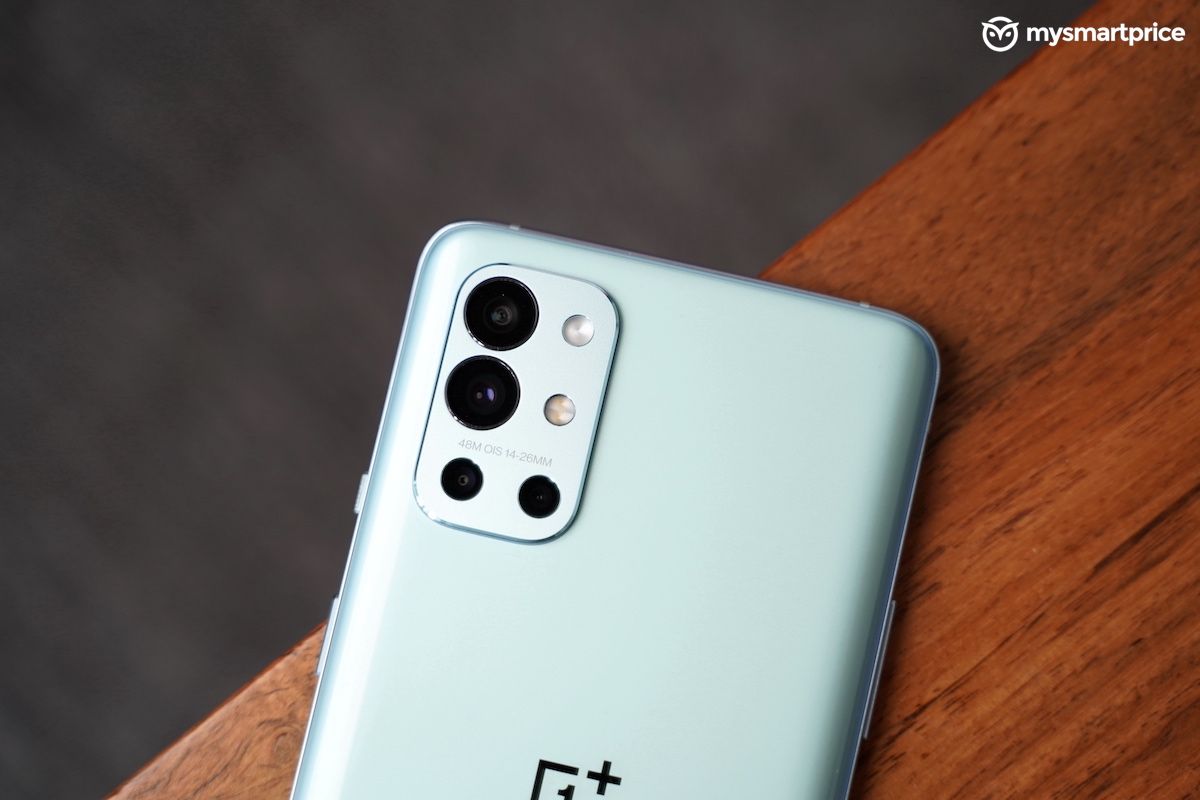
- Moving to low light shots, in the very first sample, you can tell the X60 has a better light sensitivity. With Night Mode on, the shot looks even better. Just close in on the TV unit and the shadow portions exhibit a lot of noise on the OnePlus where the X60 just exports a cleaner image. Just look at the second image and it just shows how the X60 is way cleaner. This shot of the landscape and the vista, is again better on the X60. Such clean and bright textures just look so good. In the final sample image, despite multiple attempts, I just couldn’t get OnePlus 9R to focus. Low light performance is evidently A-grade on the vivo X60.
- Low light ultra-wide and telephoto shots are better on the X60, again. The OnePlus 9R doesn’t match up.
- Both the phones can shoot up to 4K 60fps videos using the rear camera but only the OnePlus 9R offers stabilisation. And, whether it is the colour accuracy, sound recording, or the dynamic range, the OnePlus 9R video is better. And, in ultrawide video recording the OnePlus 9R offers up to 4K 30fps video recording where the vivo tops out at 1080p 30. Footage looks great on the OnePlus again. Looks like the 9R is the camera to go for, if you want one for shooting videos.
- In front camera videos, both the phones top out at 1080p 30fps video recording. the facial tones, details, and dynamic range are better on the vivo X60 but there is no stabilisation. Plus the sound recording through the video mic is better on the OnePlus 9R. Also stabilisation on the OnePlus 9R means the crop factor is too high. Which means your face can get cut off. Tough to pick one winner here really.
As for cameras, I am veering towards the X60 Pro over the OnePlus 9R.
Battery and Network
The vivo X60 has a 4300mAh battery and the OnePlus 9R has a slightly larger 4500mAh one. The battery performance on both is very similar. You can expect 6-7 hours of SoT on 120Hz refresh rate setting on both. Which means, you can make these phones last a little over a day on single charge. But, the OnePlus 9R easily beats the vivo X60 in charging speeds. Using the 65W charger, I could charge the 9R from 0 to 100 in around 40 minutes and in comparison the X60 took a whopping hour and 22 minutes using the 33W charger.
Moving on to network performance, both the phones support only two 5G bands which are n77 and n78. Thankfully, both the phones support carrier aggregation on 4G networks. And, I have no complaints about the call quality performance on either.
Should You Buy the OnePlus 9R?
To sum it up, the OnePlus 9R priced at Rs 39,999, despite being a rebadged OnePlus 8T, is a good enough phone. Is it a gaming phone? Hell no. In fact, the iQOO 7 is coming with Snapdragon 888 soon and is confirmed to be priced under Rs 40,000 too. In that scenario, the OnePlus 9R’s gaming pitch will fall flat on its face.
Also read: Vivo X60 Pro Plus Review and Comparison vs OnePlus 9 Pro – Don’t Underestimate Vivo
But, I cannot discount the wonderful Oxygen OS experience, coupled with smooth performance, and super fast charging at this price. There is that feeling of using a premium phone. Which doesn’t exist on the vivo X60 despite having a good looking design.
But, what the X60 gets right is the camera picture quality for the most part. Whether it is kickass selfies or great low light performance or really good dynamic range performance, the X60 does feel like a better camera than the 9R. If I had to use a phone on a trip to capture pictures, I’d go with the X60. My only wish is for a software update to improve the human shots from the primary camera on the X60. But yeah, the OnePlus is better at video recording.
Now, while the OnePlus 9R is a good buy, I don’t think it is the best option under Rs 40,000. Something that is different for OnePlus this year, evidently: not being the de facto recommendation.
What do you think of the review? Do let me know in the comments section below. Until next time, this is Ershad from MSP signing off. Goodbye and Godspeed, my friends.
